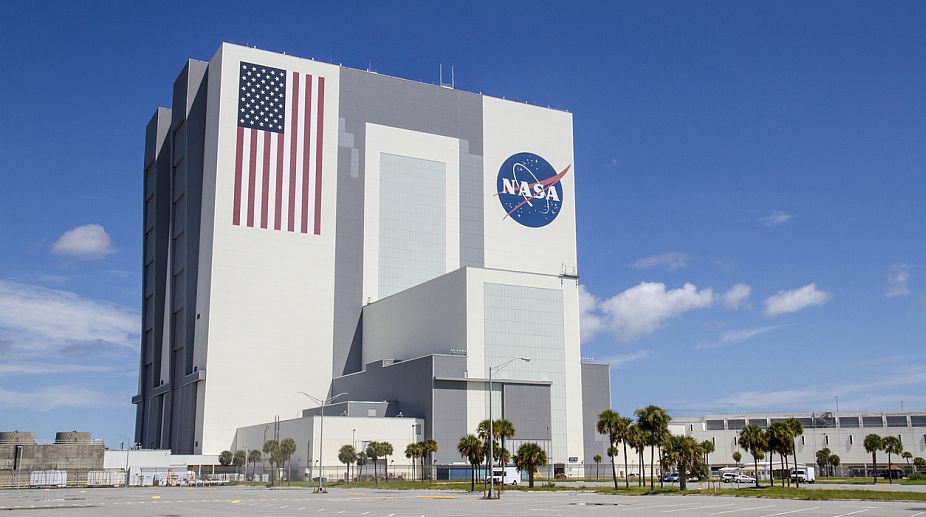Aiming to show how to protect Earth from a future killer asteroid strike, NASA plans to crash a refrigerator-sized spacecraft at a speed about nine times faster than a bullet into a space rock, forcing it to change its orbit.
The target for the first-ever mission to demonstrate an asteroid deflection technique for planetary defence — the Double Asteroid Redirection Test (DART) — is an asteroid that will have a distant approach to Earth in October 2022, and then again in 2024, NASA said.
Advertisement
"DART would be NASA's first mission to demonstrate what's known as the kinetic impactor technique — striking the asteroid to shift its orbit — to defend against a potential future asteroid impact," said Lindley Johnson, planetary defence officer at NASA Headquarters in Washington.
The asteroid is called Didymos — Greek for "twin" — because it is an asteroid binary system that consists of two bodies — Didymos A, about 780 metres in size, and a smaller asteroid orbiting it called Didymos B, about 160 metres in size.
DART, scheduled for launch in 2020, would impact only the smaller of the two bodies, Didymos B.
The Didymos system has been closely studied since 2003. The primary body is a rocky S-type object, with composition similar to that of many asteroids.
The composition of its small companion, Didymos B, is unknown, but the size is typical of asteroids that could potentially create regional effects should they impact Earth.
"A binary asteroid is the perfect natural laboratory for this test," said Tom Statler, programme scientist for DART at NASA Headquarters.
"The fact that Didymos B is in orbit around Didymos A makes it easier to see the results of the impact, and ensures that the experiment doesn't change the orbit of the pair around the sun," Statler added.
After launch, DART would fly to Didymos, and use an on-board autonomous targeting system to aim itself at Didymos B.
Then the spacecraft would strike the smaller body at a speed about nine times faster than a bullet, approximately six kilometres per second.
Earth-based observatories would be able to see the impact and the resulting change in the orbit of Didymos B around Didymos A, allowing scientists to better determine the capabilities of kinetic impact as an asteroid mitigation strategy.
The kinetic impact technique works by changing the speed of a threatening asteroid by a small fraction of its total velocity, but by doing it well before the predicted impact so that this small nudge will add up over time to a big shift of the asteroid's path away from Earth.
"DART is a critical step in demonstrating we can protect our planet from a future asteroid impact," saiid Andy Cheng of The Johns Hopkins Applied Physics Laboratory in Laurel, Maryland, the DART investigation co-lead.











